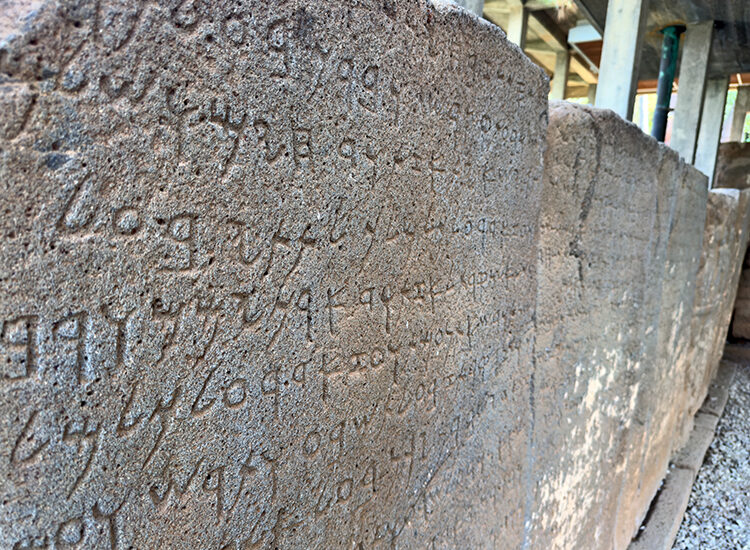
Karatepe Aslantaş Inscriptions Added to UNESCO Memory of the World Register
The Karatepe Aslantaş Open-Air Museum, recognized as Turkey’s first open-air museum, has achieved international recognition as its bilingual inscriptions in Anatolian Hieroglyphs and Phoenician were officially added to UNESCO’s Memory of the World International Register under the title Karatepe Inscriptions.
Historic Step for Cultural Heritage
The inclusion was announced following the latest session of the UNESCO Executive Board in Paris. The registration is the result of collaborative efforts led by the Osmaniye Directorate of Culture and Tourism, Osmaniye Korkut Ata University, and the Global Strategic Research Association.
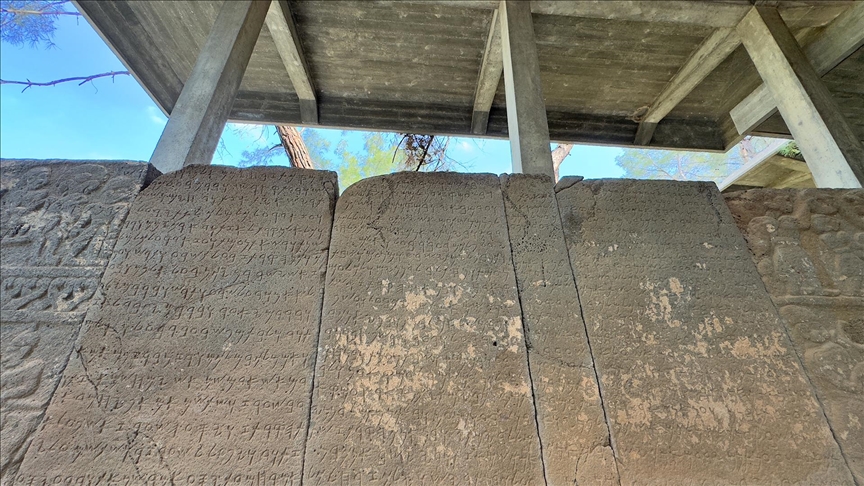
Governor Erdinç Yılmaz’s Statement
Osmaniye Governor Erdinç Yılmaz emphasized the cultural significance of the inscriptions and noted:
“The recognition of the Karatepe Inscriptions by UNESCO highlights the deep-rooted history of Osmaniye and underscores the importance of preserving such heritage for future generations. This decision is a major milestone in our efforts to protect and promote our region’s archaeological assets.”

Global Visibility and Tourism Impact
Mustafa Çakar, President of the Global Strategic Research Association, also shared his views in a written statement:
📣 Our WhatsApp channel is now LIVE! Stay up-to-date with the latest news and updates, just click here to follow us on WhatsApp and never miss a thing!!
“This achievement greatly contributes to the visibility of Osmaniye and Türkiye in the global cultural arena. The inclusion of these inscriptions will not only aid in their preservation but also help introduce this heritage to a wider international audience.”
Why the Karatepe Inscriptions Matter
- They feature both Anatolian Hieroglyphs and Phoenician script, side by side.
- These texts played a critical role in the decipherment of ancient writing systems.
- Dating back to the 8th century BCE, they provide unique insights into Neo-Hittite civilization.
- The UNESCO Memory of the World Register highlights documents that are of universal value to humanity.
Cover Photo: Muzaffer Çağlıyaner/AA
You may also like
- A 1700-year-old statue of Pan unearthed during the excavations at Polyeuktos in İstanbul
- The granary was found in the ancient city of Sebaste, founded by the first Roman emperor Augustus
- Donalar Kale Kapı Rock Tomb or Donalar Rock Tomb
- Theater emerges as works continue in ancient city of Perinthos
- Urartian King Argishti’s bronze shield revealed the name of an unknown country
- The religious center of Lycia, the ancient city of Letoon
- Who were the Luwians?
- A new study brings a fresh perspective on the Anatolian origin of the Indo-European languages
- Perhaps the oldest thermal treatment center in the world, which has been in continuous use for 2000 years -Basilica Therma Roman Bath or King’s Daughter-
- The largest synagogue of the ancient world, located in the ancient city of Sardis, is being restored

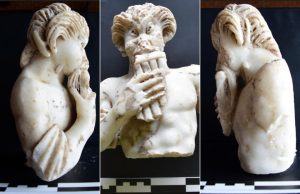
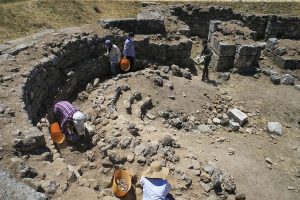
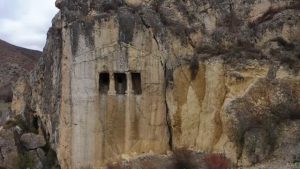
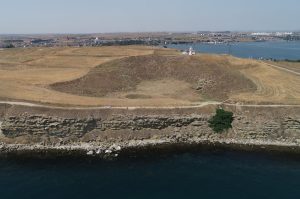
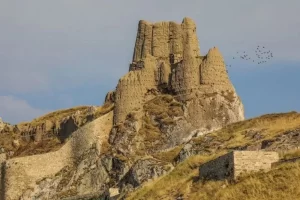
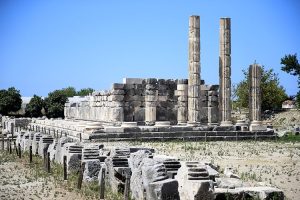


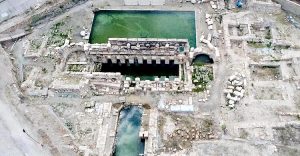
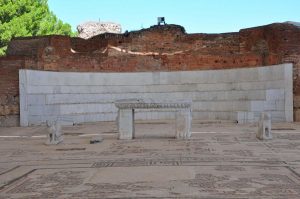
Leave a Reply